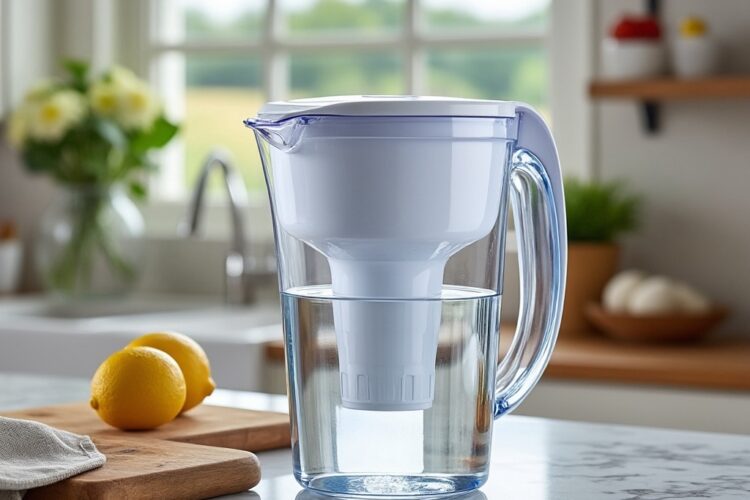Filtered water is not pure because it may still contain trace amounts of impurities such as microplastics, PFAS (per- and polyfluoroalkyl substances), and fluoride.
Long answer:
Filtered water undergoes a process to remove various impurities and contaminants, making it safer and more pleasant to drink than untreated water. However, achieving absolute purity is challenging due to the presence of various substances that are difficult to eliminate completely. Here are some reasons why filtered water is not pure:
- Microplastics: Microplastics are tiny plastic particles that have become pervasive in the environment, including water sources. They can come from various sources, such as the breakdown of larger plastic items, microbeads in personal care products, or synthetic fibers from clothing. While some water filtration methods can reduce the presence of microplastics, it is difficult to remove all of them due to their small size and widespread distribution.
- PFAS (Per- and Polyfluoroalkyl Substances): PFAS are a group of man-made chemicals that have been widely used in industrial processes and consumer products due to their water and grease-resistant properties. These substances are considered persistent, meaning they do not break down easily in the environment. As a result, they can contaminate water sources, and their presence is a significant concern. While certain advanced filtration systems can help reduce PFAS levels, complete removal remains a challenge.
- Fluoride: Fluoride is a naturally occurring mineral found in water sources to varying degrees. Additionally, fluoride is often added to public water supplies as a preventive measure to promote dental health. While some water filters can remove fluoride to some extent, not all filtration methods are effective at doing so entirely.
Water treatment processes can vary, and the effectiveness of filtration in removing specific impurities depends on the type of filter used and the initial concentration of the substances. Many common filtration methods, such as activated carbon filters and reverse osmosis systems, are effective at reducing a wide range of contaminants, including heavy metals, chlorine, and some organic compounds. However, achieving absolute purity without any trace of impurities is challenging and may require advanced and specialized filtration technologies.
It’s essential to note that the presence of these impurities in filtered water is often at low levels, and the water is generally safe for consumption according to regulatory standards. Nonetheless, ongoing research and advancements in water filtration technology aim to improve the purity of filtered water and address emerging concerns about specific contaminants. Regularly maintaining and replacing filters as recommended by manufacturers is essential to ensure the continued effectiveness of water filtration systems.
Doolly Noted
Potentially toxic impurities may be low in filtered water but it’s always best to opt for cleaner alternatives for health. Juices, soda, beer, canned drinks and other beverages that use distilled water would be a better choice (if you can find any), but you can always make your own.






